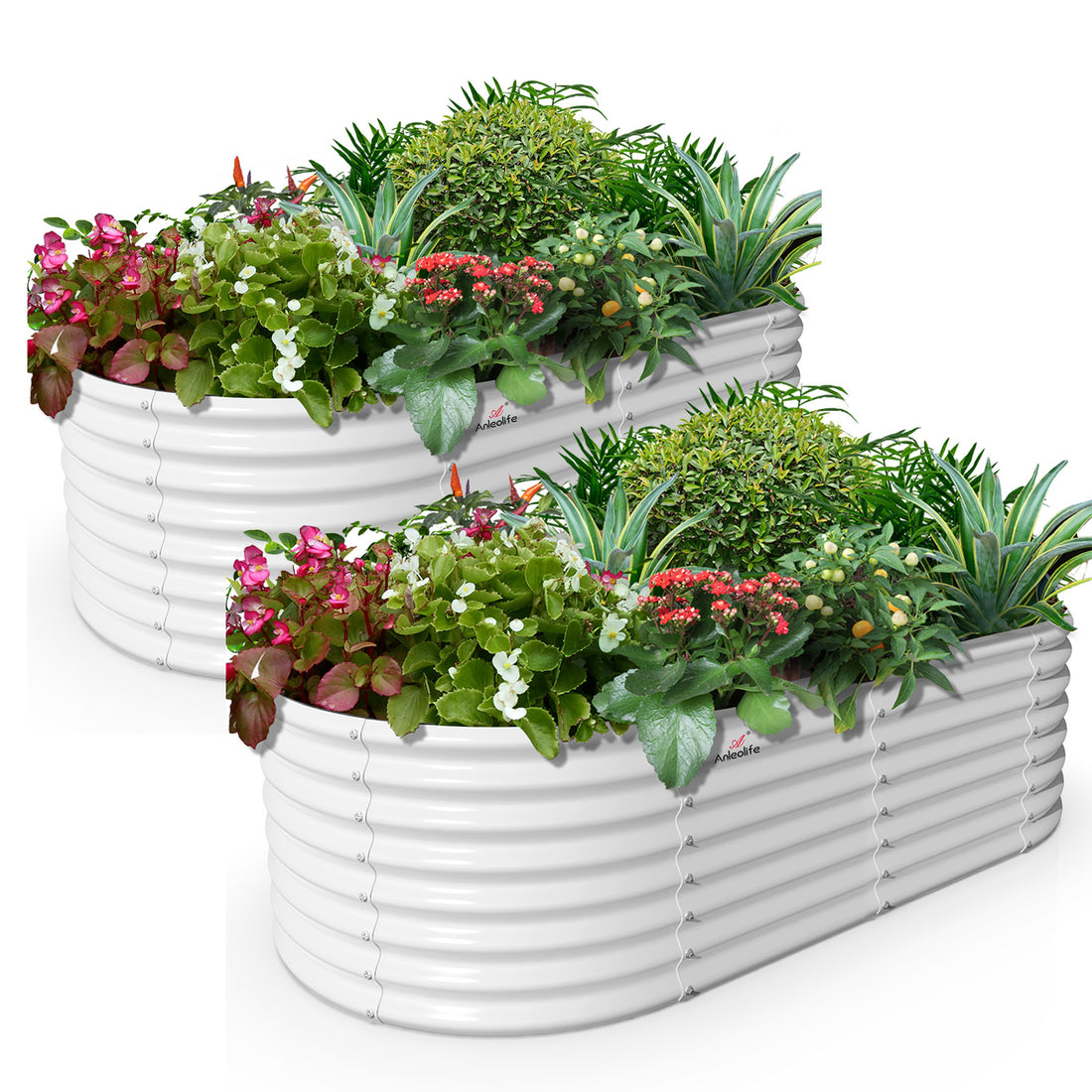Unleash Your Garden's Resilience: Discover Plants That Thrive Against the Elements!
In recent years, the gardening landscape has shifted dramatically due to the impacts of climate change. As temperatures rise and weather patterns become increasingly unpredictable, it's essential for gardeners to select plants that are resilient and capable of thriving in adverse conditions. The key to a successful garden lies in understanding which plants are insusceptible to meteorological effects and employing adaptable gardening techniques that can withstand various weather challenges. This article will explore the importance of resilience in gardening, offering insights into how to create a flourishing garden that can endure the elements while providing beauty and sustenance.

Understanding Weather Resilience in Plants
When we refer to a plant as being insusceptible to meteorological effects, we are acknowledging its ability to endure and thrive despite adverse weather conditions. Several factors contribute to a plant's resilience, including its genetic traits, root system strength, and adaptability to environmental stressors. Plants can face a variety of challenges such as drought, extreme temperatures, heavy rainfall, and strong winds. For instance, drought-resistant plants have developed mechanisms to conserve water, while others possess robust root systems that enable them to anchor firmly in high winds or soggy soil. Understanding these traits is crucial for gardeners aiming to cultivate a garden that not only survives but flourishes amid changing weather conditions.
Top Plants for Resilient Gardening
Choosing the right plants is fundamental for creating a resilient garden. Below, we delve into specific varieties known for their ability to withstand harsh weather conditions:
Drought-Resistant Plants
Plants such as lavender, succulents, and certain varieties of grasses are excellent choices for drought-prone areas. Lavender, with its fragrant purple blooms, thrives in well-drained soil and requires minimal watering once established. Succulents, on the other hand, store water in their leaves, allowing them to survive long periods without rainfall. Incorporating these drought-resistant plants not only conserves water but also promotes sustainable gardening practices, as they require less maintenance and are often more disease-resistant.
Plants Resistant to Wind and Rain
For gardens exposed to strong winds and heavy rainfall, consider planting ornamental grasses, sturdy shrubs like holly, and perennials such as coneflower. Ornamental grasses are particularly beneficial as they bend with the wind rather than break, while holly provides a robust structure that can withstand the elements. Positioning these plants in strategic locations, such as along the edges of your garden beds, can create natural windbreaks and help reduce soil erosion during heavy rains.
Seasonal Adaptability
Seasonal adaptability is another vital trait to look for in resilient plants. Varieties like daylilies and asters can thrive in various climates and adapt to changing conditions throughout the year. For gardeners in regions with fluctuating temperatures, selecting plants that can bloom in different seasons can ensure a vibrant garden year-round. Additionally, understanding your local climate and soil conditions can help you choose the right plants that will not only survive but also flourish in your specific environment.
Gardening Techniques for Weather Resilience
Beyond selecting resilient plants, employing effective gardening techniques can significantly enhance your garden's ability to withstand weather extremes. One important technique is mulching, which helps retain moisture in the soil during dry spells and prevents weed growth. Additionally, practicing proper watering techniques, such as deep watering during dry periods, encourages plants to develop deeper root systems that are more drought-resistant. Soil amendments, like adding organic matter, can improve drainage in heavy rain and enhance moisture retention during dry spells. These practices not only promote healthy plant growth but also contribute to a more sustainable ecosystem in your garden.
Embracing Resilience in Your Garden
Creating a resilient garden is not just about choosing the right plants; it also involves understanding and implementing effective gardening techniques that support their growth. By selecting plants that are insusceptible to meteorological effects and employing strategies that enhance their resilience, gardeners can cultivate spaces that thrive despite the challenges of weather variability. Ultimately, fostering a garden that can withstand the elements not only contributes to its beauty but also ensures its sustainability for years to come. Whether you're a seasoned gardener or a novice, embracing these principles will help you unleash the full potential of your garden.






commentaires